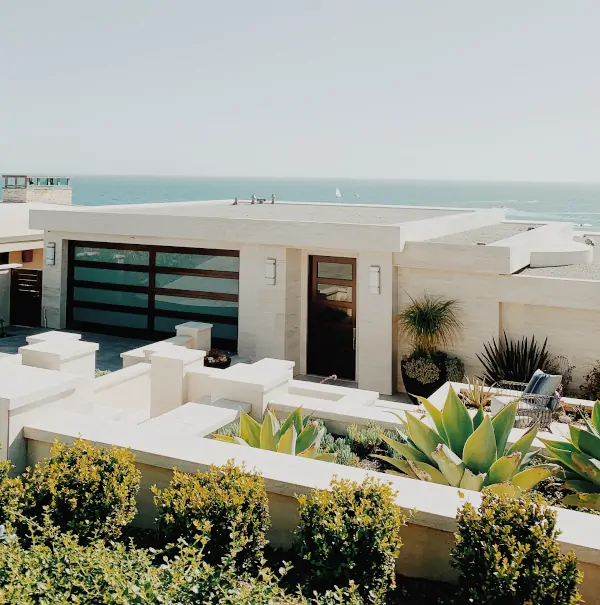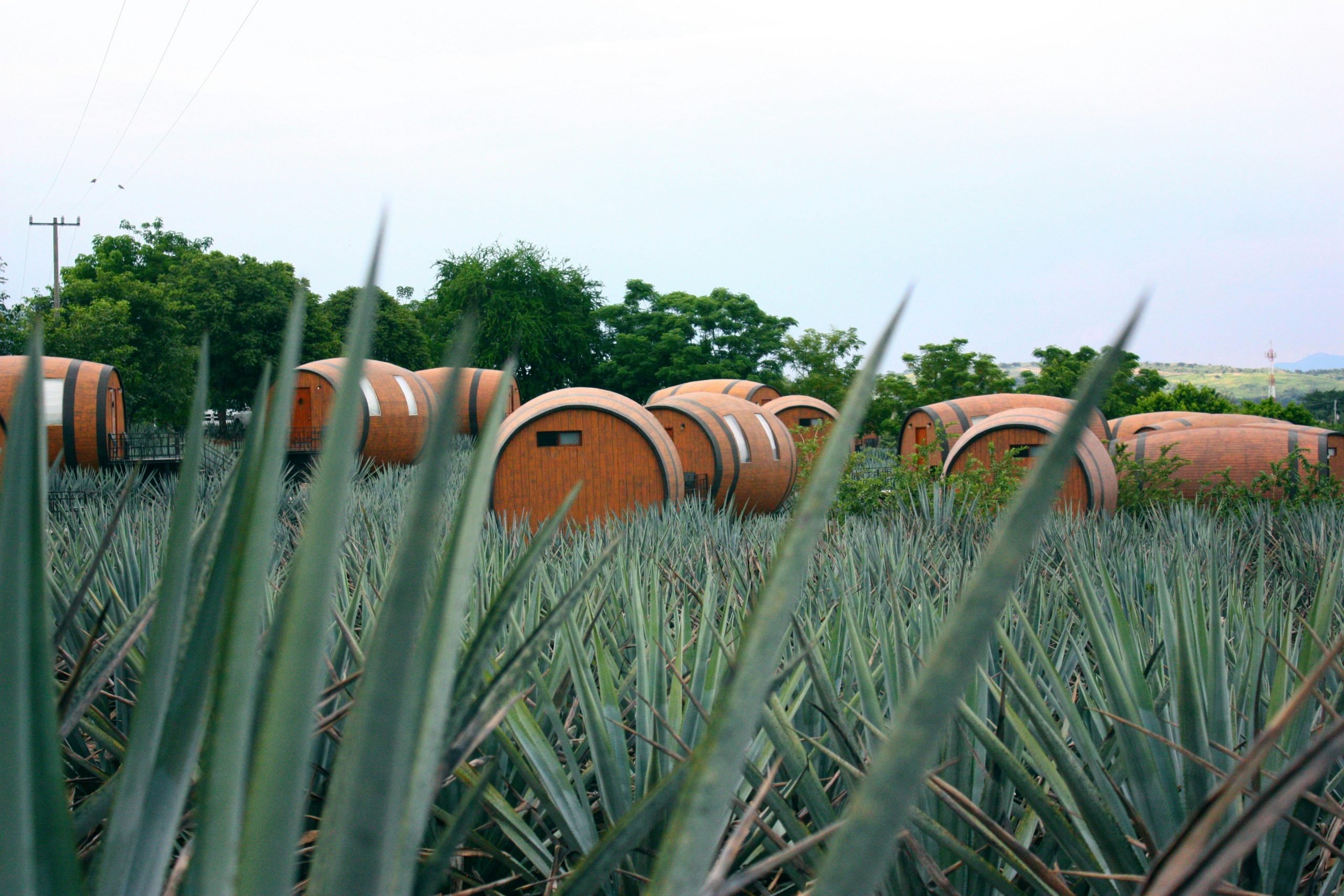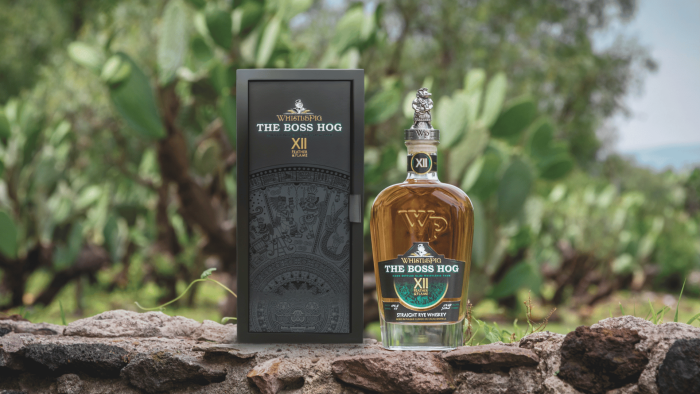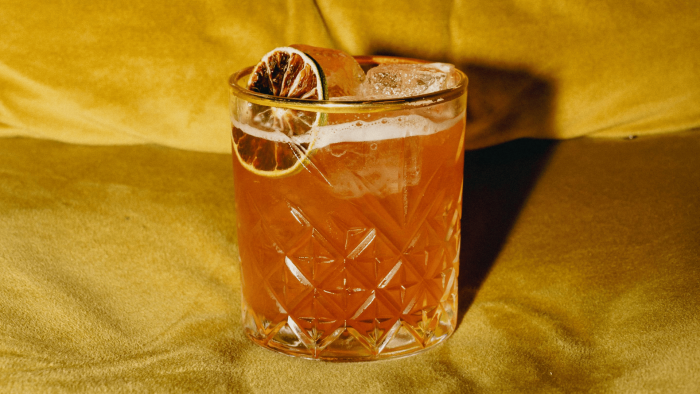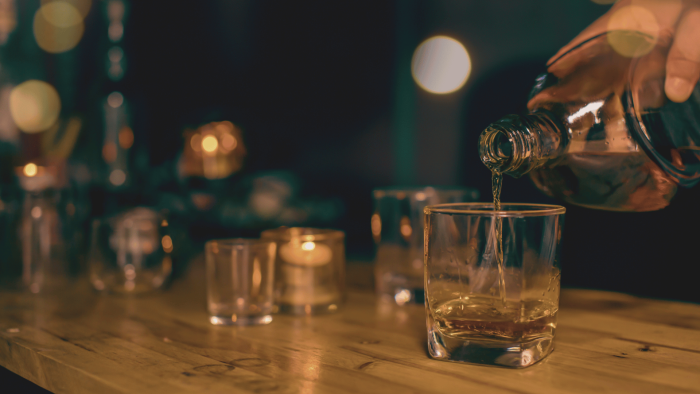On a grim winter’s eve, a bottle of fine tequila my sole companion, my thoughts drifted back to my college philosophy classes. Although neuroscientists have mapped out the brain down to the molecular level, nobody can fully explain subjective experience. How does a jelly-like mass create the feeling of, say, color or pain or love?
As I swirled my Glencairn glass and inhaled the tequila’s perfume, I mused about how barrel-aging is almost as profound a riddle. Chemists have catalogued thousands of esters, phenols, and other aromatic molecules that slowly bleed into distillate from wooden barrels. They know which compounds produce notes of cinnamon, vanilla, or apple. But how do humble oak staves give rise to heavenly symphonies of fragrance? This is alchemy that defies chemical analysis.
While whiskey was my first love among barrel-aged spirits, oak works its beautiful magic on tequila in much the same way. The tequilas on this list are all añejos and extra-añejos. From the Spanish word for aged, añejos typically rest in oak for two years, and some extra-añejos mature for many more. The ancients taught us, “In wine, there is truth.” To that, I would add: In aged tequila, there is beauty.

Photo via Brown-Forman
Herradura Legend
Herradura is one of Mexico’s oldest and most storied distilleries. With Legend, their nonpareil team of distillers and tasters set out to craft a tequila in homage to great Kentucky bourbons. Herradura uses charred new American oak barrels, sourced from the same cooperage that makes barrels for Woodford Reserve. For even deeper mingling between tequila and oak, the barrels are scored with vertical grooves. The final product is redolent of vanilla perfume, caramel, and cinnamon—a bouquet you can smell across the room as soon as the stopper leaves the bottle. Gently lingering under the decadent barrel spices are agave notes of fresh citrus and black pepper.

Photo via Cazcanes
Cazcanes No. 7 Añejo
Boasting double-gold medals from the San Francisco World Spirits Competition, Cazcanes is an archetypical lowland tequila from Jalisco, the state comprising the heart of Mexican tequila production. While highlands tequilas are fruity and floral, lowlands tequilas feature minerality and earthy notes—the desert’s rawness captured in glass. Resting in American White Oak barrels in the heat of the Tequila Valley, Cazcanes No. 7 Añejo picks up deep barrel flavors like coconut and nutmeg. As the tequila develops in the glass, look for notes of crushed stone and graphite.

Photo via Bacardi Limited
Patrón El Alto
Ascending to loftier elevations, Patrón El Alto is a highlands jewel. Patrón’s jimadores harvest the agave for this expression in Atotonilco El Alto, one of highest altitudes in Jalisco. High-altitude agave has a higher sugar content, lending a signature sweetness to Patrón tequilas. As tequila connoisseurs expect from an iconic highland distillery, Patrón El Alto sparkles with notes of white flowers and citrus—imagine a table arrangement of gardenias and tangerines at a celebration in Guadalajara. The blend features extra-añejo, añejo, and reposado tequilas, with each embellishing the mosaic of flavors. Under the floral perfume, sunny flavors rush from the glass—a bright wave of orange, apricot, and ripe peach.

Photo via Milestone Brands LLC
Dulce Vida Extra Añejo
I occasionally roll my eyes about greenwashing when spirits companies talk about sustainability, but Dulce Vida, a tequila from the highlands of Jalisco, talks the talk and walks the walk. They recycle as much water as possible and turn leftover agave husks into compost. They also use no pesticides in their agave fields—a boon for both the environment and the taste of their spirits. Dulce Vida’s extra-añejo rests in ex-wine casks from Napa Valley for five years. The phantoms of the Merlot and Cabernet infuse the juice with ruby hues. A boisterous ensemble of dark fruit and stewed cherries, the aroma evokes the bouquet of a fine port like Taylor Fladgate. On the palate, barrel flavors shine—a procession of vanilla, baking spice, and luscious caramel.

Photo via Teremana Tequila
Teremana Añejo
I usually steer clear of celebrity-endorsed products, but Teremana stands on its own merits, with or without the charismatic salesmanship of The Rock. While most high-quality añejos are pricey, Teremana Añejo is under $50. Like the best Scotch distilleries, Teremana makes all of its agave distillate in handmade copper pot stills. While I cannot pretend to understand the chemistry behind it, copper truly does make for cleaner tasting tequila. Teremana añejo drinks like a classic Kentucky bourbon with a Mexican accent—a well-defined bouquet of caramel, vanilla, and cherry with rumors of pepper and fresh lemon.
